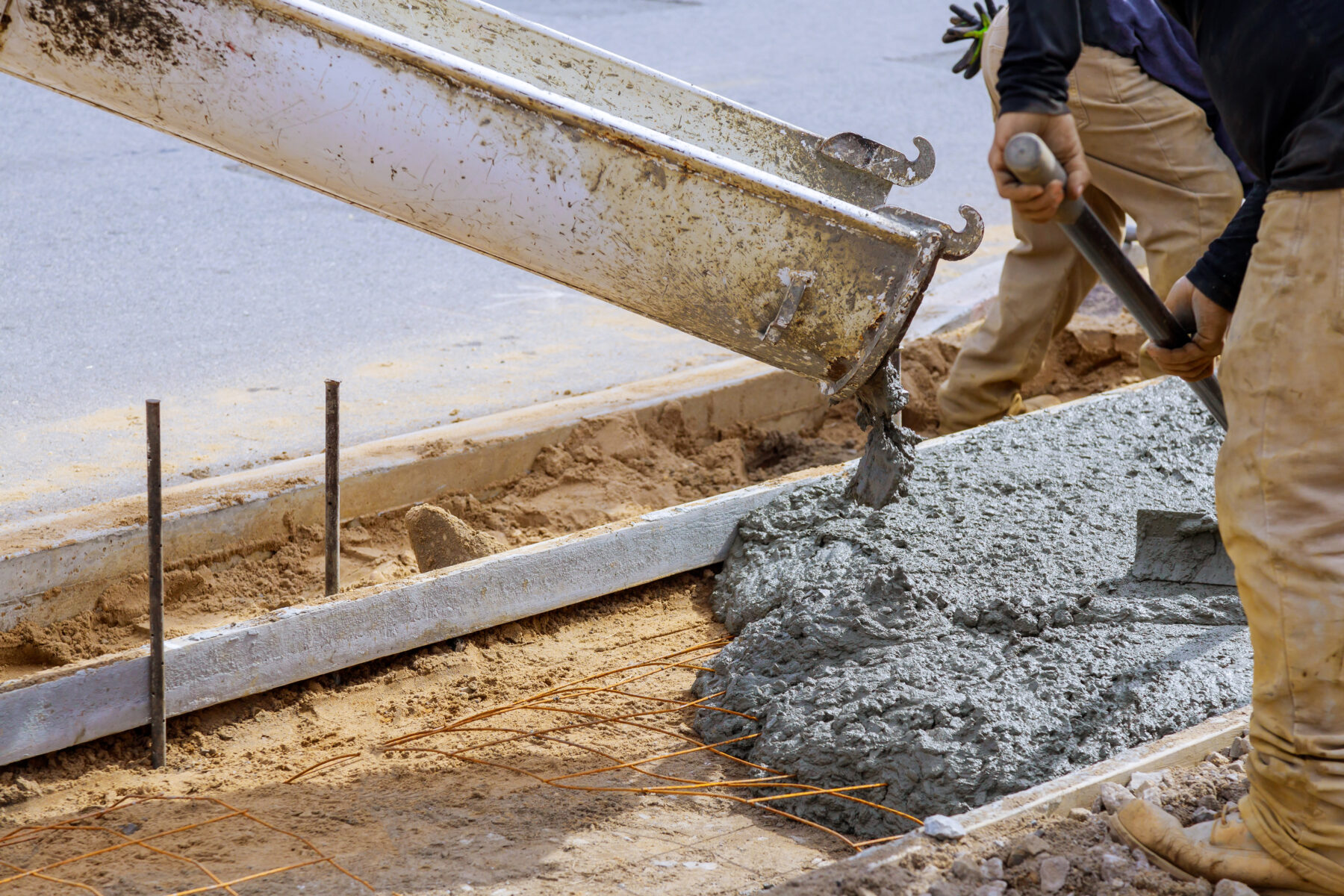Home Builder’s Guide: Advanced Concrete Mix Ratios
January 28, 2025

Most modern structures are built on concrete, which makes it indispensable for construction. Concrete’s performance and durability generally rely on exact mix ratios, making sure it satisfies specific project needs. When achieving the best results, whether building a residential driveway, a commercial foundation, or an architectural element, having the appropriate knowledge of advanced concrete mix ratios is extremely important.
Decoding Concrete Mix Ratios
Concrete mix ratios specify the water, gravel (coarse aggregate), cement, and sand (fine aggregate) ratios. For general-purpose uses like sidewalks and patios, standard ratios like 1:2:3 are used. Reliable for many applications, these pre-defined formulas offer a blend of strength, durability, and workability.
Larger projects needing more strength often call for the 1:3:6 mix. This formulation is particularly useful for foundations and load-bearing construction projects. Their effectiveness and consistency make such standard ratios incredibly useful.
The Importance of Custom and Designed Mixes
Custom concrete mix ratios let users adjust to fit particular project needs. Builders may change the water-cement ratio or add admixtures to speed up the curing process, boost durability, or strengthen environmental resistance. For example, a 1:1.5:3 is what is used to create a high-strength concrete. This concrete is then utilized in commercial structures and has excellent load-bearing capacity.
Designed mixes involve thorough testing and formulation by concrete makers, extending personalization. These mixtures are designed for special uses like lightweight concrete for less structural weight or environmentally friendly choices including recycled ingredients to heighten sustainability.
Key Components in Mix Design
As mentioned, the main ingredients of concrete are cement, water, aggregates, and admixtures. The binder is cement, which starts the hardening process when mixed with water. Its quality directly affects the strength and longevity of the product. Maintaining the proper balance is vital because too much water weakens the concrete and too little lowers workability. With appropriate grading and quality aggregates like sand and gravel, the right level of weight and strength are added to the mix. Additionally, admixtures including accelerators, water reducers, or pigments can be added to change the mix for particular purposes, enhance performance, or meet design goals.
Avoiding Common Pitfalls
Errors in mix ratios could impair concrete durability and quality. If the water-cement ratios are ignored, the concrete itself will become brittle and weak. Aggregates with poor grade increase voids, therefore lowering the general strength of the mix. Ensuring consistency and dependability in the final product depends on exact measurement and consistent mixing techniques; neither of which is optional.
Ignoring curing techniques might also affect performance. Appropriate curing maintains proper hydration of the cement, which is essential for the development of strength and resistance against cracking.
Advanced Applications and Techniques
Due to its improved compressive strength, high-strength concrete is occasionally used in structural applications. Conversely, lightweight concrete is meant to decrease load by substituting ingredients such as expanded clay for conventional aggregates. Decorative concrete uses textured aggregates, polished finishes, or pigments for aesthetic purposes, producing visually pleasing surfaces that still maintain longevity.
Calculating and Adjusting Mix Ratios
Consistent results demand accurate calculations. Based on the necessary volume and stated ratio, tools like concrete mix calculators enable users to determine the correct quantities of the components. Changes to mix designs should take environmental elements including humidity, temperature, and customary load requirements into account so that they provide the best performance under varying conditions.
Learning concrete mix ratios assists home builders in handling a variety of tasks, from building strong foundations to designing lightweight, ornamental, or environmentally friendly structures. Professionals can provide outstanding results by recognizing the underlying concepts of these ratios and following best practices, ensuring that their creations last. The ideal mix ratio for any building project is not only a figure, but a foundation of success.

